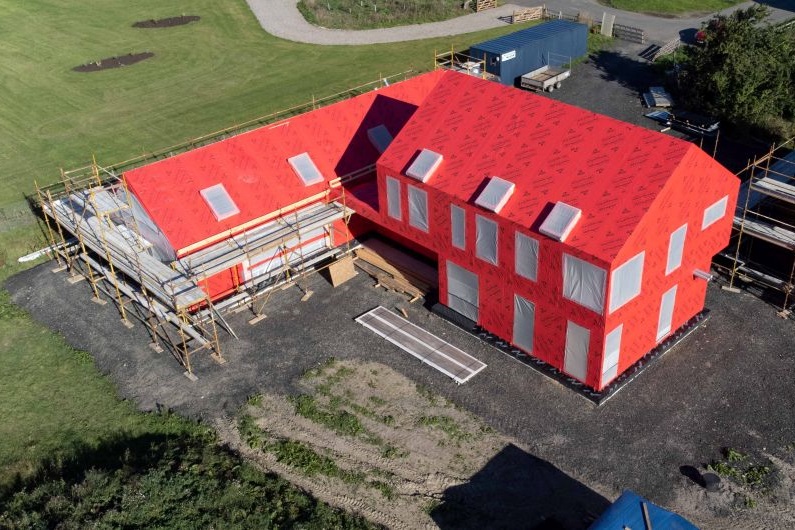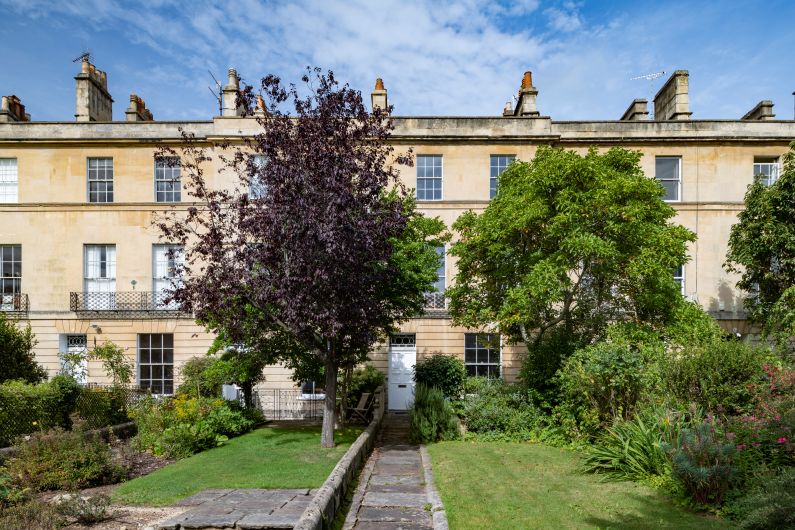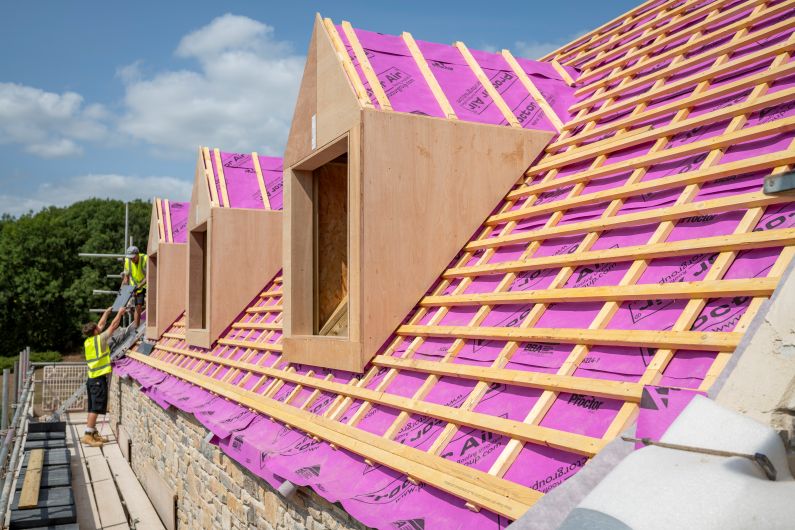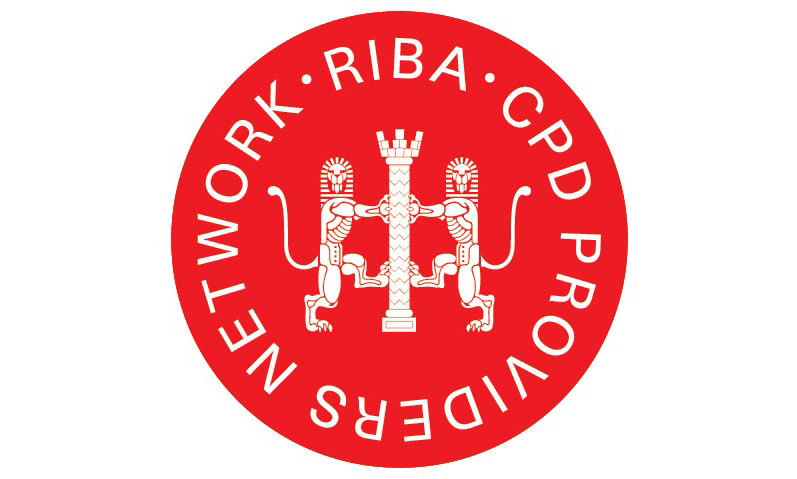RIBA - Passive House and Low Energy Housing Design

This CPD gives an overview of the Passive House design principles, the benefits they provide in terms of energy performance, and the means by which these benefits are achieved. It also introduces some common fabric first systems and solutions to simplify the process of optimising low energy design using the passive principles. By the end of the CPD you should have a greater understanding of:
- Understanding of the principles of passive design
- Knowledge of fabric insulation properties and good design practice
- Familiarity with air leakage testing and mitigation
- Appreciation of the effects of membrane properties on design
- Introduction to heat recovery systems
RIBA - Building Refurbishment: Systems for Retrofit & Conservation

This CPD gives an overview of the factors to consider in refurbishment and conservation projects, including the basics of building physics as related to hygrothermal design. It also provides an overview of the standards, regulations and frameworks involved in designing for retrofit and conservation. By the end of the CPD, you should have a greater understanding of:
- The retrofit and conservation considerations
- Knowledge of hygrothermal material properties and good design practice
- Introduction to hygrothermal assessment standards
- Introduction to PAS 2035 design framework
- Reducing condensation risks in pitched roof refurbishment
- The relationships between hygrothermal and fire performance criteria and their implications
RIBA - Air Leakage and Fire Performance in Facade Systems

This CPD aims to provide an overview of UK and Irish building regulations relating to the compliance of construction membranes, with respect to air leakage and reaction to fire. It will cover adjacent issues of moisture control and hygrothermal assessment, and the implications of air leakage strategies on both energy efficiency and 'as designed' vs 'as-built' performance. By the end of the presentation you should have a greater understanding of:
- Heat, Air and Moisture movement in building and relevant building regulations
- Hygrothermal Assessments, Dynamic vs Steady State methods
- Mechanisms and effects of air leakage on building envelopes
- Performance and location of membranes as air barriers in facade applications
- Fire test methods, classifications and BR135
- The relationships between hygrothermal and fire performance criteria and their implications
RIBA - Pitched Roof Design Considerations: Energy, Moisture & Air Permeability

This CPD gives an overview of pitched roof design considerations and regulations in the UK and Ireland, along with discussing the type of construction membranes used as pitched roof underlays and the effect their performance has on design. It also discusses the implications of hygrothermal focused roof design on the overall building energy performance. By the end of the CPD you should have a greater understanding of:
- Roof types outlined in BS5250:2021 Code of Practice
- Different roof types and associated hygrothermal strategies
- Pitched roof underlay types
- The effects of membrane properties on design requirements
- Factors affecting pitched roof moisture control
